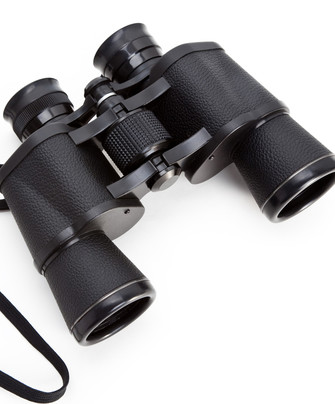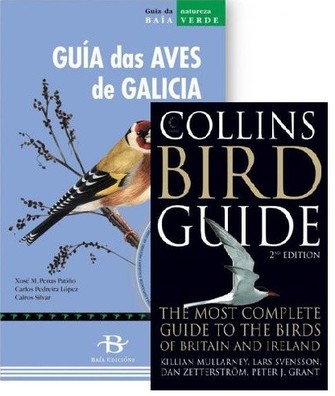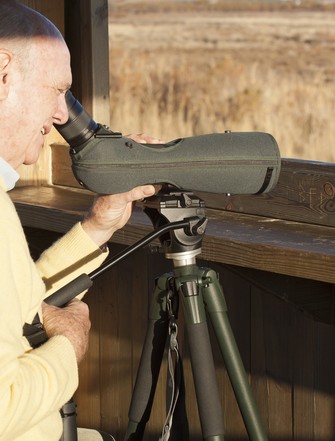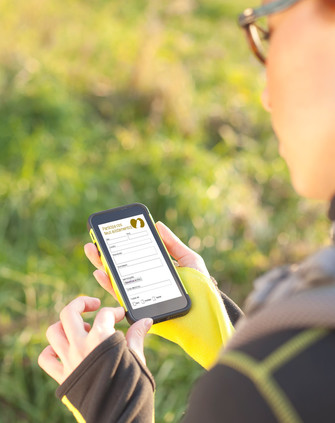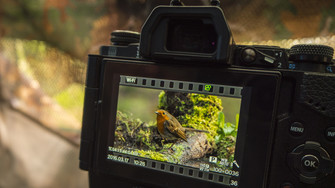One thing is clear: birds are rarely close. So the first thing we need is something to help us get closer visually: binoculars.
Given the variety of brands, models and prices on the market, it is normal to feel a little disoriented. The first thing to look at is the numbers etched on all binoculars, e.g. 8x30, 8x40 10x42, etc. The first digit corresponds to the binoculars' magnification, the second is the diameter in millimetres of the binoculars' exit pupil and the higher this figure is the brighter -but also the bigger and the heavier- the binoculars will be. For bird watching the ideal number of magnification is between 8 and 10, while a suitable size for the exit pupil is between 30 and 42 millimetres. Accordingly, binoculars ideal for bird watching are those between 8x30 and 10x42. The former are most useful to watching birds in habitats with vegetation and at a short distance, while the latter offer advantages in open areas or at sea.
Moreover, there are certain binoculars with characteristic shapes: the Porro and the roof. Porro binoculars have on the inside a prism that increases the distance between the exit pupils of the binoculars. Roof binoculars, though, have the appearance of two tubes connected by a bridge. Most of the world's manufacturers currently choose roof binoculars, which are generally more compact and lighter.
The existing price range is very large. Beginners do not need a particularly expensive model. The main advantage of expensive models is that they usually have a liquid nitrogen filling inside which makes them watertight, so they are more durable and offer advantages such as a lack of condensation on the inside.



